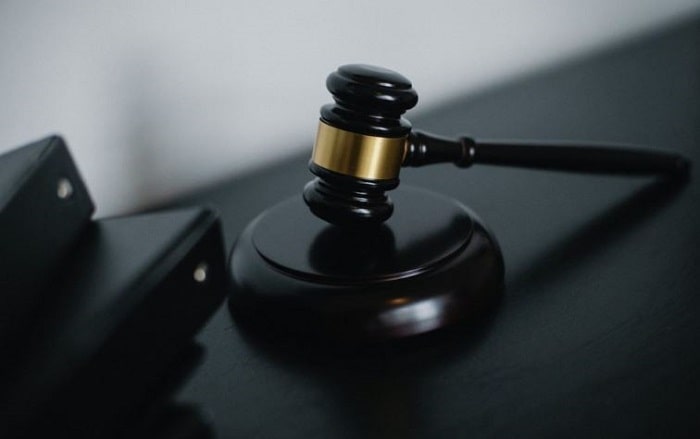
Negligence is a legal term that refers to an individual's failure to act responsibly and follow the law, resulting in harm to another person. Examples of negligence include aggressive driving, driving under the influence, and disregarding traffic signals.
If you are seeking compensation as a victim, it is important to understand the distinction between negligence and negligence per se. Reputed law websites like www.lorenzandlorenz.com can provide valuable information on this topic.
What is Negligence?
Negligence, in legal terms, occurs when someone causes physical or emotional harm to another person due to their negligence. Negligence can be the result of either failing to act or engaging in specific actions that lead to harm or loss for someone else. However, proving negligence is not always easy. The legal system provides a framework that licensed personal injury attorneys use to build their cases.
Key Factors in Proving Negligence
When evaluating a negligence case, an attorney will consider the following factors:
- Duty of care - The defendant owed a duty of care to the plaintiff.
- Breach of duty - The defendant failed to act prudently, causing harm or loss to another person.
- Causation - The defendant's breach of duty directly resulted in the injury or loss.
- Damages - The defendant's actions caused losses for another person.
- Cause in fact - The defendant's actions directly caused the injuries or loss.
- Proximate cause - The defendant knew their actions could result in harm to another person.
If you believe you have a valid negligence case, hiring a professional personal injury attorney in San Antonio can help determine the viability of your claim and the damages you can seek from the defendant.

Understanding Negligence Per Se
The term "negligence per se" establishes a presumption of negligence. In other words, if you can prove negligence per se, you may not need to provide all the elements required to prove negligence. This can simplify the legal process.
Proving negligence per se means showing that the defendant was negligent by violating regulations or statutes designed to protect the public. Liability in negligence per se cases often hinges on the defendant's violation of safety statutes.
While proving negligence per se may be easier than proving negligence, it is still crucial to have a professional attorney by your side. An attorney can present your case clearly and coherently, eliminating any doubts from the judge and jury. Whether you are claiming negligence or negligence per se, an attorney can help you seek the compensation you deserve.
*** We deeply appreciate our sponsor *** |
| [TAG2]
Image Credit: Li Weng / AuthorsUSA.com |
Did you miss our previous article...
https://naturesmart.us/wellness/attract-customers-like-a-magnet-marketing-strategies-to-grow-your-businessbrand-masterclass-55
 HealthWellnessFitnessBeautyVideosPrivacy PolicyTerms And Conditions
HealthWellnessFitnessBeautyVideosPrivacy PolicyTerms And Conditions
